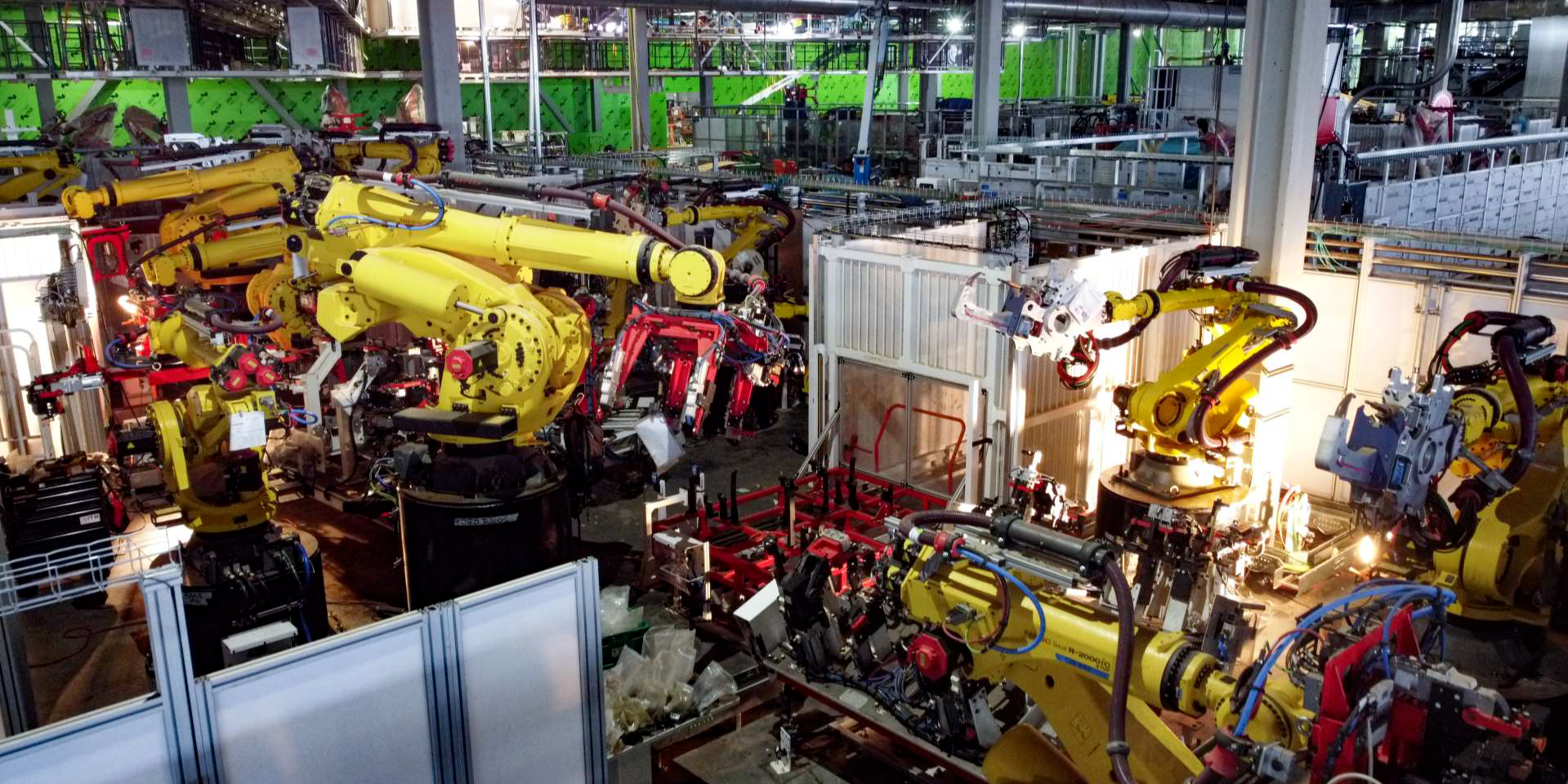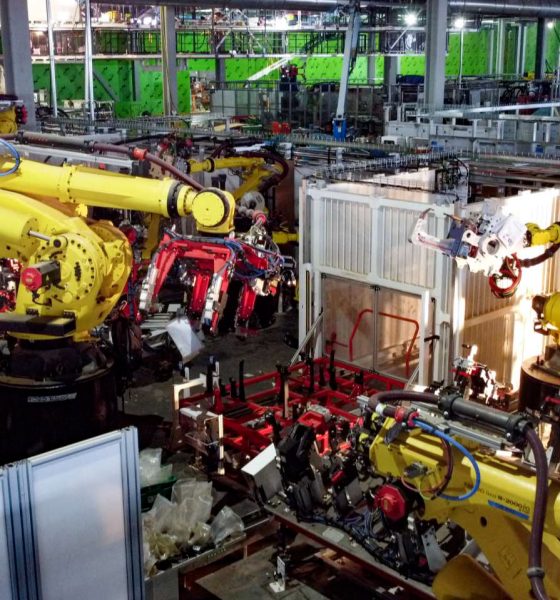Tesla’s (NASDAQ:TSLA) first-quarter earnings call comes on the heels of an impressive quarter that saw the electric car maker post $10.389 billion in revenue and non-GAAP earnings per share of $0.93, beating Wall Street’s expectations. With these results, Tesla has now maintained its profitability for seven straight consecutive quarters.
As revealed in the company’s Q1 2021 Update Letter, the company hit some notable milestones in the first quarter. The Model 3 became the world’s best-selling premium sedan, electric or otherwise. The Model Y is also showing a lot of potential, with the vehicle’s production ramp going well in Gigafactory Shanghai. Deliveries for the Model S Plaid are expected shortly as well, and the Tesla Semi, a Class 8 truck that has seen delays, is now poised for a 2021 release.
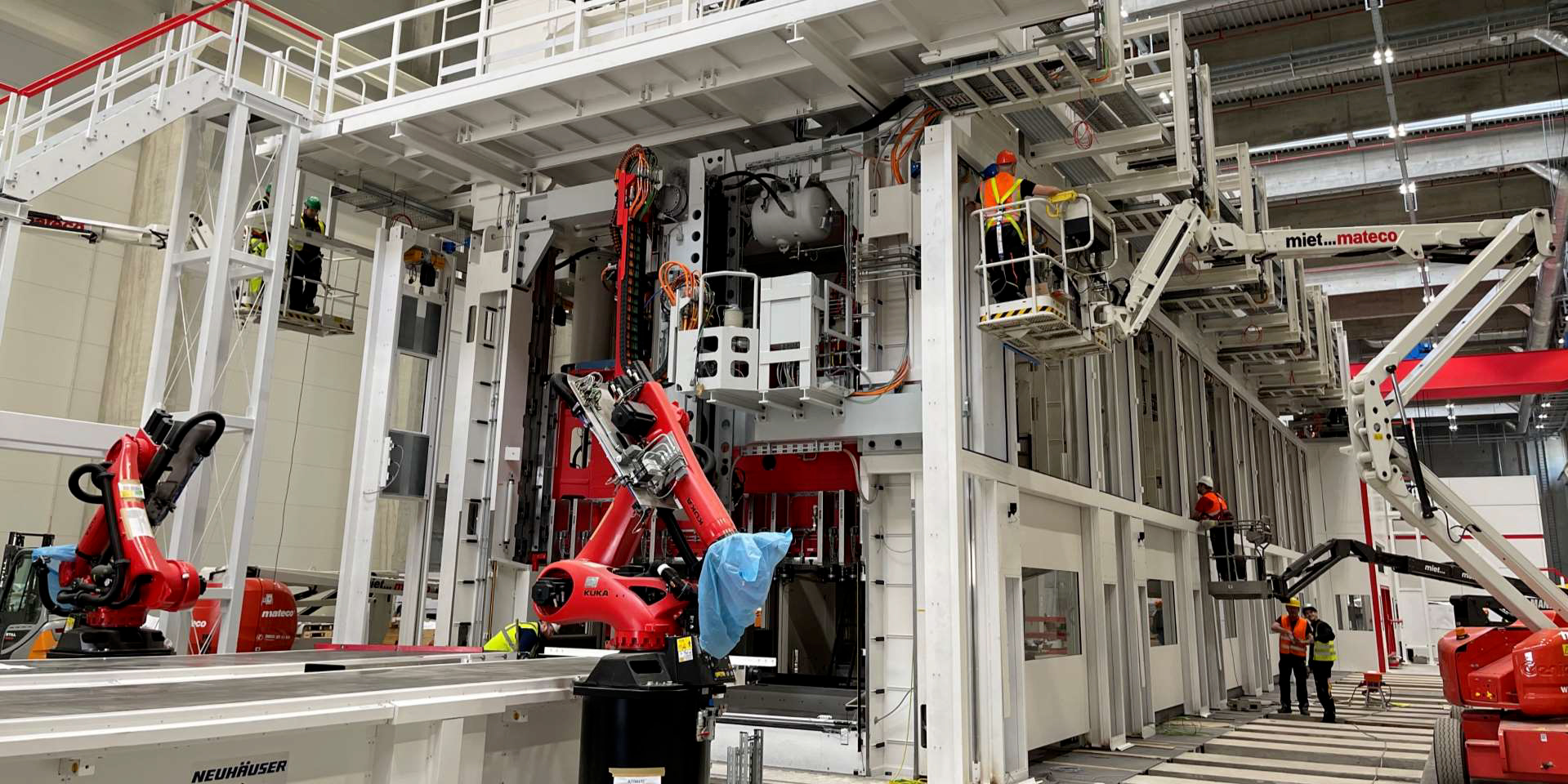
The following are live updates from Tesla’s Q1 2021 earnings call. I will be updating this article in real-time, so please keep refreshing the page to view the latest updates on this story. The first entry starts at the bottom of the page.
15:41 PT – And that wraps up Tesla’s Q1 2021 earnings call! Overall, Elon Musk and team seemed to be a bit cautious this time around, with timeframes for projects like the 4680 cells being conservative. Tesla also did not provide a specific forecast for 2021’s vehicle deliveries. But considering the ongoing supply challenges, this may not be a bad strategy at all.
Anyway, thanks for staying with us for another live blog! These are always fun. Until the next time!
15:40 PT – Dan Levy from Credit Suisse asked about Tesla and its ongoing cost reductions. Tesla notes that building cars is a complex process, though if one were to look at the advancements in the production of the company’s vehicles like the Model Y, there are a lot of innovations happening there, which should improve COGS.
When asked about Fremont vs the Gigafactories, the analyst asked about how Tesla’s new capacity would differ from the previous NUMMI plant. Musk notes that Tesla does not talk much about future product developments. “We’ll get there. We’ll provide it later,” Musk said.
15:34 PT – Rod Lache of Wolfe Research LLC asks about the FSD rollout, such as the subscription model and its impact. Kirkhorn noted that Tesla is working on rolling out FSD subscriptions, though there are some aspects of the service that still need work. “We’re hoping to get this launch pretty soon, and see what the response is to it,” he said.
15:33 PT – Ferragu asks a follow up about Tesla’s energy business. According to Musk, Tesla has comparable margins in energy and vehicles though it should be noted that the company’s EV business is more mature than the energy segment. Powerwall is mature, however, so the margins there are pretty good. “We have a clear runway for improving the cost of the Megapack,” Musk said.
15:30 PT – Analyst questions start. First up is New Street Research’s Pierre Ferragu. He asks about the 4680 battery line (YES!). He asks about capacity, as well as where the company stands in its ramp.
Musk notes that Tesla has a small pilot plant for the 4680 cells with a 10 GWh per year capacity. “We’re not yet at a point where we think the cells are reliable enough to be put in cars. We think we’re close to that point. We’ve already ordered the equipment for battery production in Berlin and Austin as well. We’re down to the nitty gritty on this. I’m confident that we’d achieve volume production of the 4680 next year,” Musk said.
Musk also added that it appears that Tesla is about 12 or not more than 18 months away from volume production of the 4680 cells. At the same time, Tesla is also looking to ramp the 4680 cells with its existing suppliers. The 4680 revolution is not a Tesla-only thing. It will involve CATL and LG and Panasonic as well. Ultimately, Tesla is on track to more than double the output from suppliers.
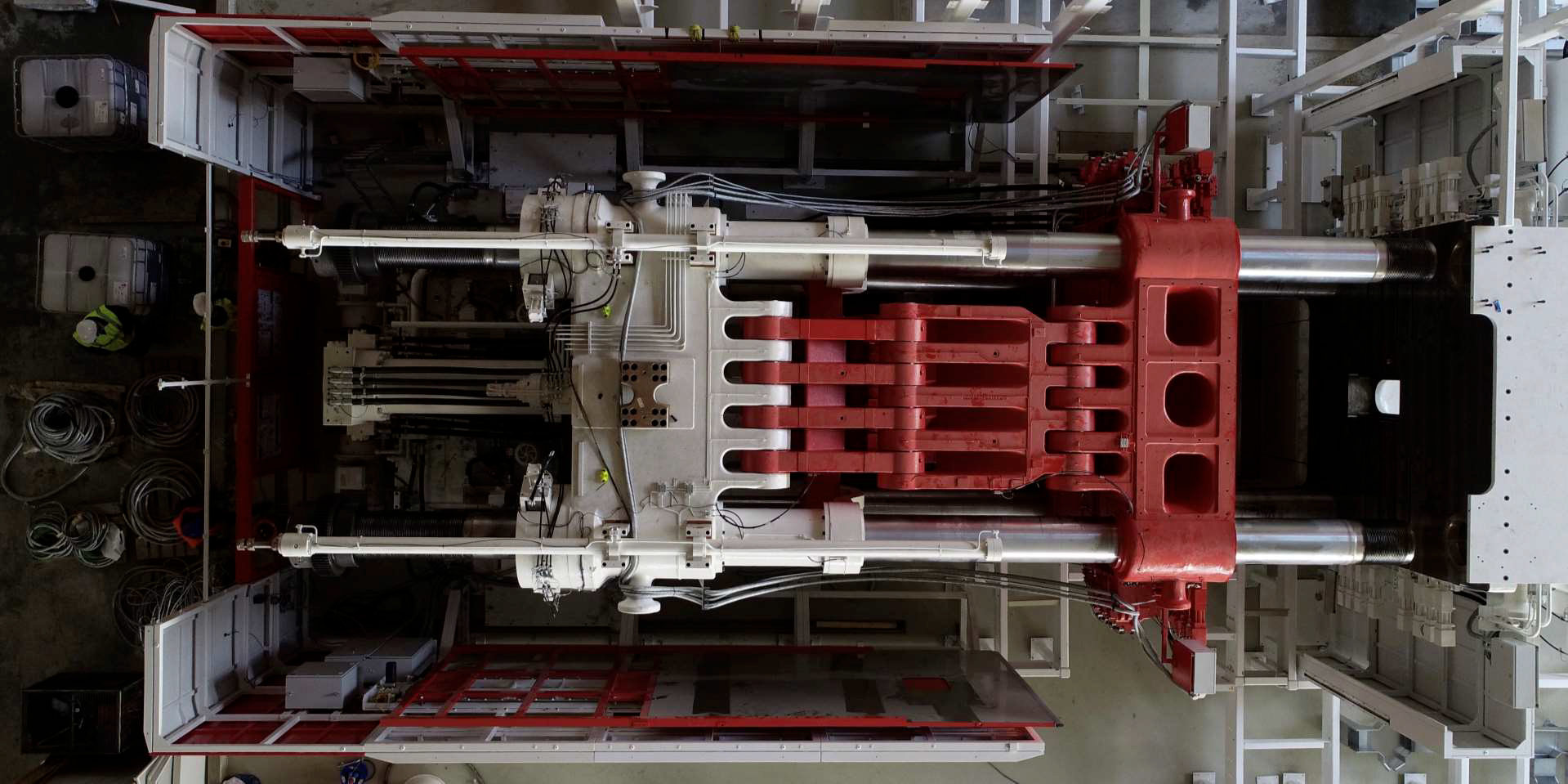
15:24 PT – An inquiry about vehicle production is asked. Musk notes that people still do not understand the difficulties of production. “Prototypes are child’s play,” he said, noting that mass-production is insanely difficult. Musk notes that Tesla is the first company to achieve volume production of cars in a hundred years and not go bankrupt. “Tesla has had several aneurysms to get this done,” Musk said.
Musk shared some of the challenges that Tesla experienced over the years, from production stops due to trivial items like carpets and USB ports. “Solving those constraints is insane,” Musk reiterated.
15:16 PT – An inquiry about vampire drain was asked. Musk notes that vampire drain is not an issue. “We’ve got a long way to go before we’re dealing with season technology issues,” he said.
15:15 PT – An inquiry about MSM FUD is asked. Elon comments on the “extremely deceptive” media coverage of the Texas crash. According to Lars Moravy, VP of Vehicle Engineering, Tesla is working with Texas authorities about the high-profile, tragic accident. Tesla has conducted a study to understand what happened in the crash together with authorities. As per the findings, it appears that the steering wheel was deformed, and someone was in the driver’s seat during the crash. All seatbelts were unbuckled in the car.
15:11 PT – A question about digital currencies are asked for Zachary Kirkhorn. He reiterates Tesla’s Bitcoin investment and eventual sale, as well as the company’s decision to support Bitcoin for payments. According to Kirkhorn, Tesla had been looking for a place to store its cash. Bitcoin presented itself as a preferable avenue for such an endeavor, considering that traditional systems simply provide far less.
“Bitcoin was a good place to put Tesla cash and be able to get some return on it,” he said. Considering that Tesla added over $200 million from its investment in a few months, this decision definitely seems well worth it. “We’ve been pleased with how much liquidity there is in the Bitcoin market. We do we believe long-term in the value of Bitcoin,” Kirkhorn said.
15:08 PT – Musk continues to discuss the Powerwall’s potential, noting that the home battery’s virtual power plant capabilities are profound. This is especially notable considering that the world is now heading towards an era where EVs are the norm. With this in mind, there has to be a way to produce more electricity to meet the demand that would be produced by an all-electric future.
Considering Tesla’s mission, this shift would be beneficial to the company. “This is a prosperous future for Tesla and for utilities ,” he said. Otherwise, we will see more of what happened in Texas earlier this year. “If this is not done, utilities won’t be able to serve their customers. We’ll see a lot more of what we saw in Texas and California,” Musk said.
15:05 PT – Next question is up. This time it’s about the Solar Roof, its price increase, and its ramp. Musk notes that Solar Roof demand is strong, though he admits that Tesla has made mistakes in evaluating the difficulties in assessing the difficulty of installing the solar tiles. “You can’t have a one size fits all system,” he said.
Musk reiterated Tesla’s decision to bundle the Powerwall and its solar products, adding that batteries produced last year have a higher peak capability. With the bundle in place, musk states that the difficulty of installations would be much easier. Installers would not even need to touch the house’s circuit breaker. This, according to Musk, is important for scalability.
15:00 PT – Elon notes that Tesla is actually getting good at auto-labeling, which is pretty much the holy grail for neural net training. This is something that Dojo would be designed for.
“We think Dojo would be probably an order of magnitude more cost-efficient in hardware and energy usage compared to the next best solution we’re aware of. Possibly it could be used by others,“ Musk remarked, adding that “Probably others would want to use it too. And if they do, we’d make it available.”
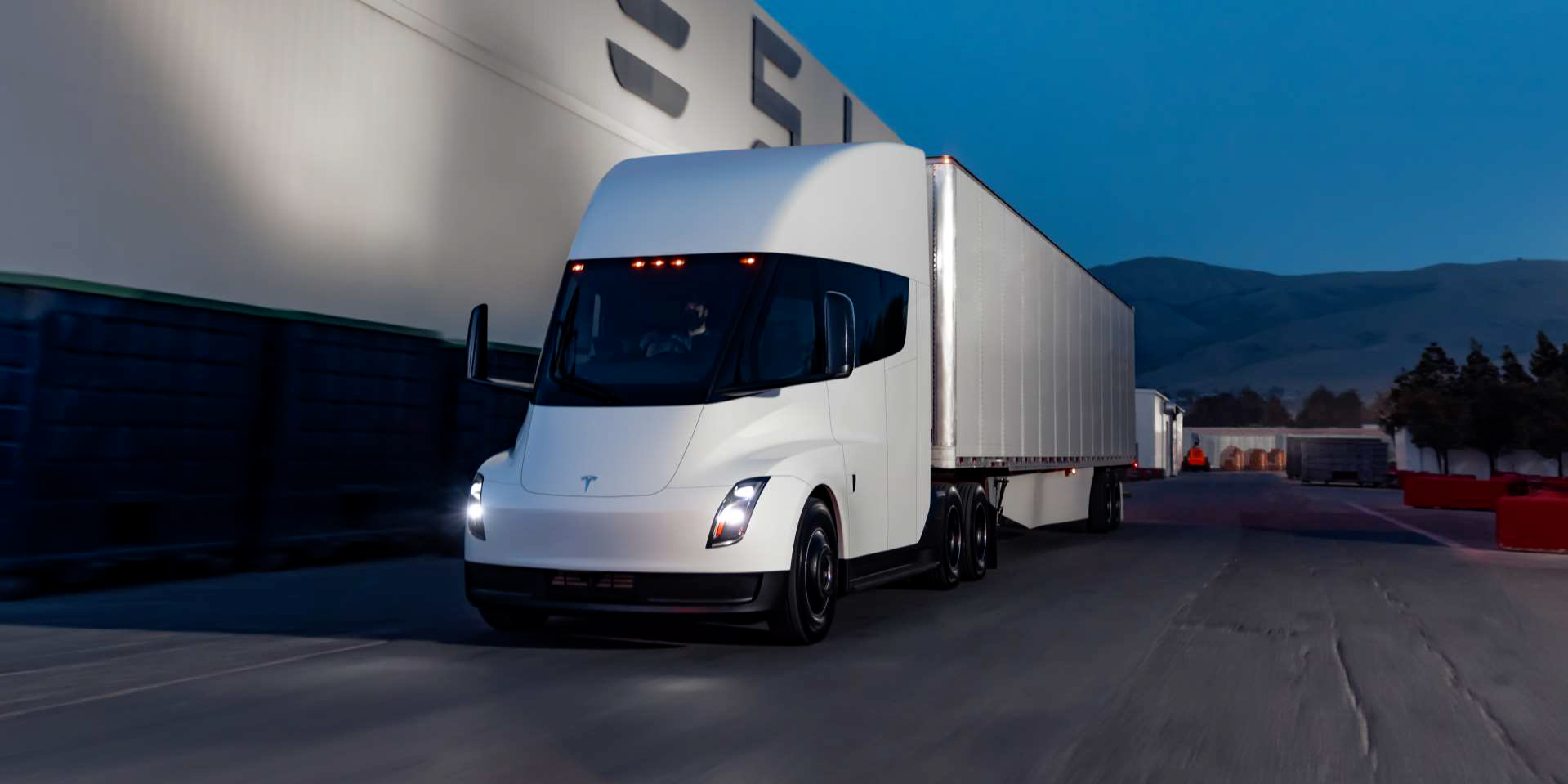
14:57 PT – Retail investors from Say begin. First up is a question about Dojo. Elon notes that right now, people think Tesla is a car and energy company, but in the long run, people will likely see Tesla as a robotics company. “I think we are developing some of the strongest hardware and software teams in the world,” he said. And if one were to look at Tesla’s tech evolution, Tesla came to a point where it needed something more powerful than what the market offers.
It then makes sense for Tesla to create a supercomputer that would help train its neural nets. “If you have a system that has very good eyes, which can see in all directions at once, never gets tired, has redundancy, and whose reaction time is superhuman, then such a system would achieve a high level of safety,” Musk said, describing the thinking behind Project Dojo. With over a million cars, after all, that’s a lot of data. And next year, this would grow to two million.
14:53 PT – Tesla has trimmed its Bitcoin investment by 10%, resulting in a profit of $272 million.
14:50 PT – Zachary Kirkhorn explains the Model S and Model X delays, noting that the delays are a meaningful headwind for the company’s finances. He also highlights that Tesla is experiencing some challenges with the ongoing global supply shortage, though the company is working with its partners to address them.
14:48 PT – Elon adds that Model X should ramp in Q3 2021. “We’re going to aim to produce 2,000 Model S and Model X per week,” Musk said. He also adds that he believes that the two flagship cars would see a lot of demand.
Musk also highlighted that the new Model S and Model X are actually cheaper to produce. Giga Berlin and Giga Texas would likely see volume production next year. In closing, he thanks the Tesla team for their efforts.
14:45 PT – Elon notes that solving FSD is a matter of having a massive data set. And in this case, Tesla has an edge with its large fleet of over a million cars on the road. This should help the company handle edge cases. “It’s quite tricky, but we’re highly confident that we’ll get this (FSD) done,” Musk said.
“Q1 had some of the most difficult supply chain challenges that we’ve ever experienced at Tesla,” Musk said, describing the ongoing chip shortage currently plaguing the auto industry.
As for Model S and Model X, Musk notes that there are more challenges than expected. Musk lists some improvements coming to the vehicles, such as their new interior, battery pack, electric motor, and features. Elon adds that Tesla is just making refinements to cars that are already built. A ramp is coming likely in May.
14:40 PT – The Q1 earnings call begins. Martin Viecha takes the floor. Elon Musk, Zachary Kirkhorn, and a number of executives are present in the call. Opening remarks from Elon Musk. He highlights that Q1 was a record quarter for Tesla. He says that Tesla has seen a shift in the perception for EVs, and demand has been even more formidable than ever. “Demand is the best we’ve ever seen,” he said. This is the reason why Q1 became such an outlier compared to past first quarters, which tended to be softer than other quarters.
Elon also mentions the Model 3’s victory in the premium sedan market, beating veterans like the BMW 3-Series. As for the Model Y, the CEO states that the vehicle has a chance of becoming the best-selling car in the world of any kind. Elon estimates that this would happen sometime in 2022. As for FSD, the Beta has been making progress, though Musk admits that it is one of the most difficult technical problems out there. Elon also emphasizes Tesla’s vision-only approach, reiterating his previous statements on Twitter about radar eventually being retired.
14:32 PT – Of course it’s on Elon Time. 😀
14:30 PT – And… it’s time! Butts in seats, everyone.
14:28 PT – And the earnings call stream is live. We’re now treated with some classical music. Definitely a celebratory air here.
14:25 PT – Now that the Tesla Semi has been announced to be on track for a 2021 release, perhaps we’d see more updates on the release of the next-generation Roadster too? The Semi and new Roadster were unveiled at the same time, after all.
14:20 PT – While the Q1 Update Letter is rife with information, there are quite a number of things that were not mentioned as much. A big one is the company’s 4680 battery cell production developments and plans, which were notably absent in the Update Letter. Hopefully, we can get some nice tidbits of information about the 4680 cells in the earnings call. Crossing our fingers.
14:15 PT – Good day, everyone, and welcome to another live blog of Tesla’s earnings call! We all knew that this quarter would be special when the Q1 vehicle delivery and production numbers came out. Even Wall Street was optimistic about the company’s numbers. Well, the Q1 results are here, and they are actually better than expected. Tesla soundly beat Wall Street’s expectations for revenue and EPS. Though in true Tesla fashion, TSLA stock has now dipped around 1.9% after hours.
Don’t hesitate to contact us for news tips. Just send a message to tips@teslarati.com to give us a heads up.

Investor's Corner
Tesla analyst maintains $500 PT, says FSD drives better than humans now
The team also met with Tesla leaders for more than an hour to discuss autonomy, chip development, and upcoming deployment plans.

Tesla (NASDAQ:TSLA) received fresh support from Piper Sandler this week after analysts toured the Fremont Factory and tested the company’s latest Full Self-Driving software. The firm reaffirmed its $500 price target, stating that FSD V14 delivered a notably smooth robotaxi demonstration and may already perform at levels comparable to, if not better than, average human drivers.
The team also met with Tesla leaders for more than an hour to discuss autonomy, chip development, and upcoming deployment plans.
Analysts highlight autonomy progress
During more than 75 minutes of focused discussions, analysts reportedly focused on FSD v14’s updates. Piper Sandler’s team pointed to meaningful strides in perception, object handling, and overall ride smoothness during the robotaxi demo.
The visit also included discussions on updates to Tesla’s in-house chip initiatives, its Optimus program, and the growth of the company’s battery storage business. Analysts noted that Tesla continues refining cost structures and capital expenditure expectations, which are key elements in future margin recovery, as noted in a Yahoo Finance report.
Analyst Alexander Potter noted that “we think FSD is a truly impressive product that is (probably) already better at driving than the average American.” This conclusion was strengthened by what he described as a “flawless robotaxi ride to the hotel.”
Street targets diverge on TSLA
While Piper Sandler stands by its $500 target, it is not the highest estimate on the Street. Wedbush, for one, has a $600 per share price target for TSLA stock.
Other institutions have also weighed in on TSLA stock as of late. HSBC reiterated a Reduce rating with a $131 target, citing a gap between earnings fundamentals and the company’s market value. By contrast, TD Cowen maintained a Buy rating and a $509 target, pointing to strong autonomous driving demonstrations in Austin and the pace of software-driven improvements.
Stifel analysts also lifted their price target for Tesla to $508 per share over the company’s ongoing robotaxi and FSD programs.
Investor's Corner
Tesla wins $508 price target from Stifel as Robotaxi rollout gains speed
The firm cited meaningful progress in Tesla’s robotaxi roadmap, ongoing Full Self-Driving enhancements, and the company’s long-term growth initiatives.
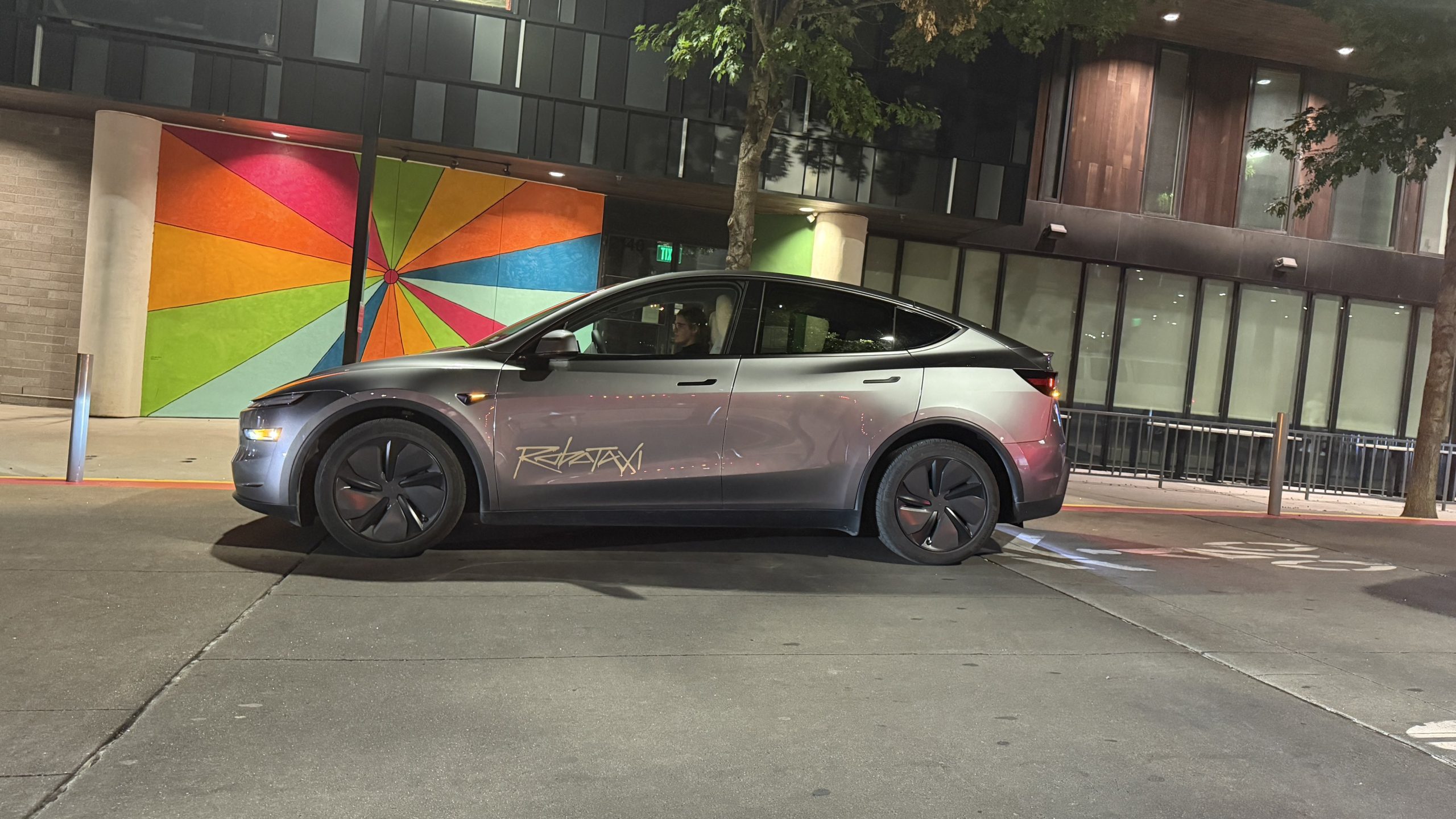
Tesla received another round of bullish analyst updates this week, led by Stifel, raising its price target to $508 from $483 while reaffirming a “Buy” rating. The firm cited meaningful progress in Tesla’s robotaxi roadmap, ongoing Full Self-Driving enhancements, and the company’s long-term growth initiatives.
Robotaxi rollout, FSD updates, and new affordable cars
Stifel expects Tesla’s robotaxi fleet to expand into 8–10 major metropolitan areas by the end of 2025, including Austin, where early deployments without safety drivers are targeted before year-end. Additional markets under evaluation include Nevada, Florida, and Arizona, as noted in an Investing.com report. The firm also highlighted strong early performance for FSD Version 14, with upcoming releases adding new “reasoning capabilities” designed to improve complex decision-making using full 360-degree vision.
Tesla has also taken steps to offset the loss of U.S. EV tax credits by launching the Model Y Standard and Model 3 Standard at $39,990 and $36,990, Stifel noted. Both vehicles deliver more than 300 miles of range and are positioned to sustain demand despite shifting incentives. Stifel raised its EBITDA forecasts to $14.9 billion for 2025 and $19.5 billion for 2026, assigning partial valuation weightings to Tesla’s FSD, robotaxi, and Optimus initiatives.
TD Cowen also places an optimistic price target
TD Cowen reiterated its Buy rating with a $509 price target after a research tour of Giga Texas, citing production scale and operational execution as key strengths. The firm posted its optimistic price target following a recent Mobility Bus tour in Austin. The tour included a visit to Giga Texas, which offered fresh insights into the company’s operations and prospects.
Additional analyst movements include Truist Securities maintaining its Hold rating following shareholder approval of Elon Musk’s compensation plan, viewing the vote as reducing leadership uncertainty.
@teslarati Tesla Full Self-Driving yields for pedestrians while human drivers do not…the future is here! #tesla #teslafsd #fullselfdriving ♬ 2 Little 2 Late – Levi & Mario
Investor's Corner
Tesla receives major institutional boost with Nomura’s rising stake
The move makes Tesla Nomura’s 10th-largest holding at about 1% of its entire portfolio.

Tesla (NASDAQ:TSLA) has gained fresh institutional support, with Nomura Asset Management expanding its position in the automaker.
Nomura boosted its Tesla holdings by 4.2%, adding 47,674 shares and bringing its total position to more than 1.17 million shares valued at roughly $373.6 million. The move makes Tesla Nomura’s 10th-largest holding at about 1% of its entire portfolio.
Institutional investors and TSLA
Nomura’s filing was released alongside several other fund updates. Brighton Jones LLC boosted its holdings by 11.8%, as noted in a MarketBeat report, and Revolve Wealth Partners lifted its TSLA position by 21.2%. Bison Wealth increased its Tesla stake by 52.2%, AMG National Trust Bank increased its position in shares of Tesla by 11.8%, and FAS Wealth Partners increased its TSLA holdings by 22.1%. About 66% of all outstanding Tesla shares are now owned by institutional investors.
The buying comes shortly after Tesla reported better-than-expected quarterly earnings, posting $0.50 per share compared with the $0.48 consensus. Revenue reached $28.10 billion, topping Wall Street’s $24.98 billion estimate. Despite the earnings beat, Tesla continues to trade at a steep premium relative to peers, with a market cap hovering around $1.34 trillion and a price-to-earnings ratio near 270.
Recent insider sales
Some Tesla insiders have sold stock as of late. CFO Vaibhav Taneja sold 2,606 shares in early September for just over $918,000, reducing his personal stake by about 21%. Director James R. Murdoch executed a far larger sale, offloading 120,000 shares for roughly $42 million and trimming his holdings by nearly 15%. Over the past three months, Tesla insiders have collectively sold 202,606 shares valued at approximately $75.6 million, as per SEC disclosures.
Tesla is currently entering its next phase of growth, and if it is successful, it could very well become the world’s most valuable company as a result. The company has several high-profile projects expected to be rolled out in the coming years, including Optimus, the humanoid robot, and the Cybercab, an autonomous two-seater with the potential to change the face of roads across the globe.
@teslarati Tesla Full Self-Driving yields for pedestrians while human drivers do not…the future is here! #tesla #teslafsd #fullselfdriving ♬ 2 Little 2 Late – Levi & Mario
